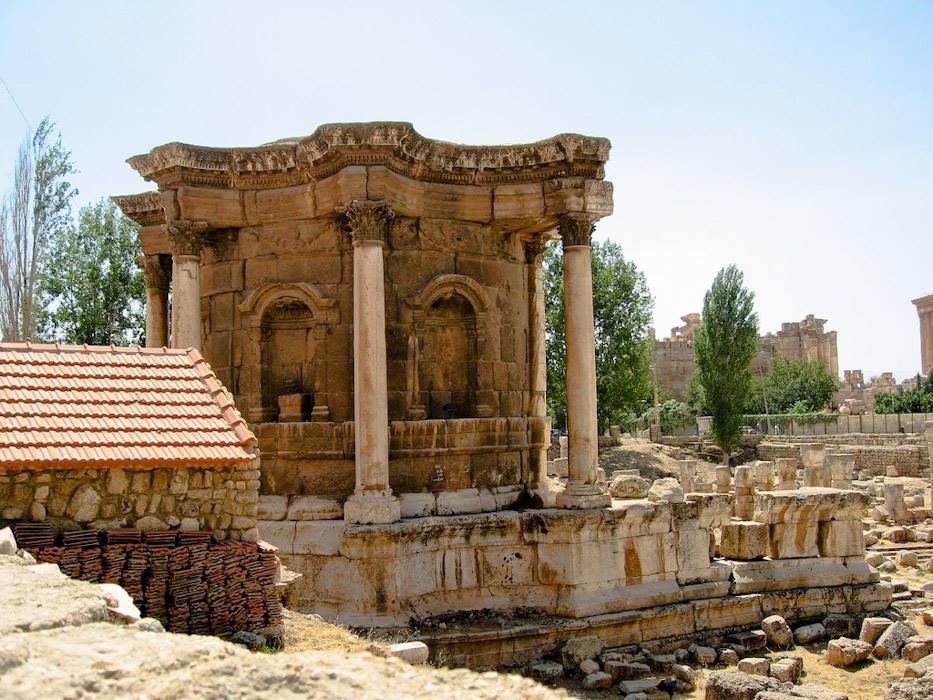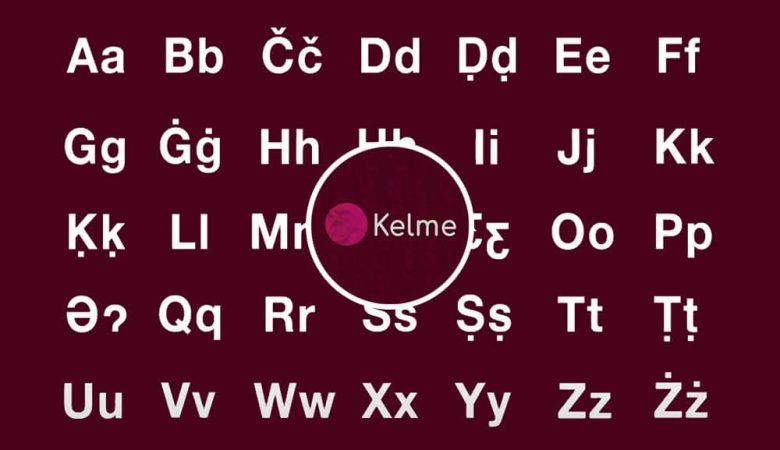Introduction
Before we talk about the temple of Venus, let us talk about Baalbek. This city located in the eastern of a fertile valley called the Beqaa situated in Lebanon, north of the country’s capital, Beirut. The good climate, the presence of water, and fertile land were good living conditions that helped Beqaa cities to flourish including Baalbek.
Ancient civilizations inhabited the city since 9000 BCE. Thus, it became one of the most ancient cities in the world. Some archeologists believe that it might have been the very first city that was built in human history. It is interesting to note that the composite name Baalbek comes from Baal, the Phoenician sky god, and the name means Lord Baal.
In the heart of Baalbek, a great temple was built for the special veneration of Baal and his wife Astarte (queen of heaven). It is interesting to note that the ruins of this temple are still beneath the Roman Temple of Jupiter Baal. In this article, we focus on the Temple of Venus, a historical temple situated outside the archeological complex of Baalbek displayed in Figure 1. Over the years, Baalbek became a religious place in antiquity for several civilizations such as Phoenicians, Romans, Christians, and Muslim populations.
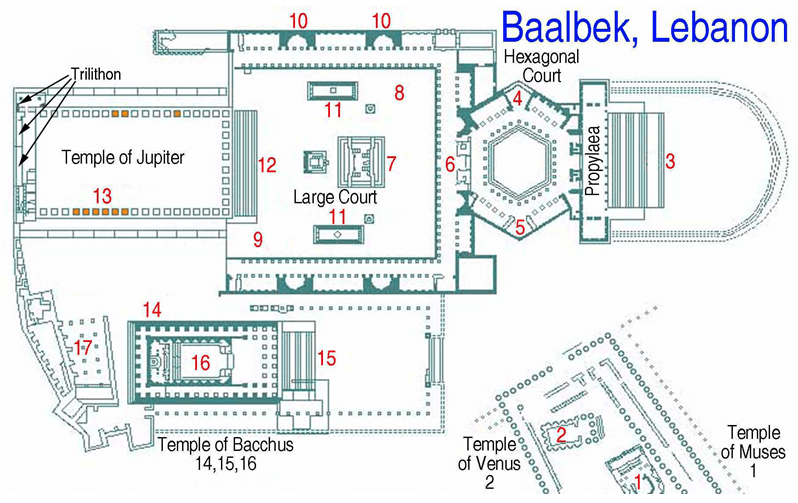
Temple of Venus
Geography
The temple of Venus also called the “gem of Baalbek” or the round temple is located outside the complex of Baalbek. It is southeast the Kalaa at around 150 meters away and southeast the temple of Bacchus. It is interesting to note that it was build facing the same direction as the temple of Jupiter.
Religion
Ancient civilizations built the temple of Venus to worship the goddess of love and fertility. It is interesting to note that three goddesses were related to that temple: Venus (Roman), Astarte (Phoenecian), and Aphrodite (Greek). All three shared the same notion for people living in Baalbek and archeologists consider it as one with the mix of cultures during the Roman and Greek invasions. Figures 2 and 3 show Venus and Aphrodite respectively. The similarities between the two of them are quite interesting.
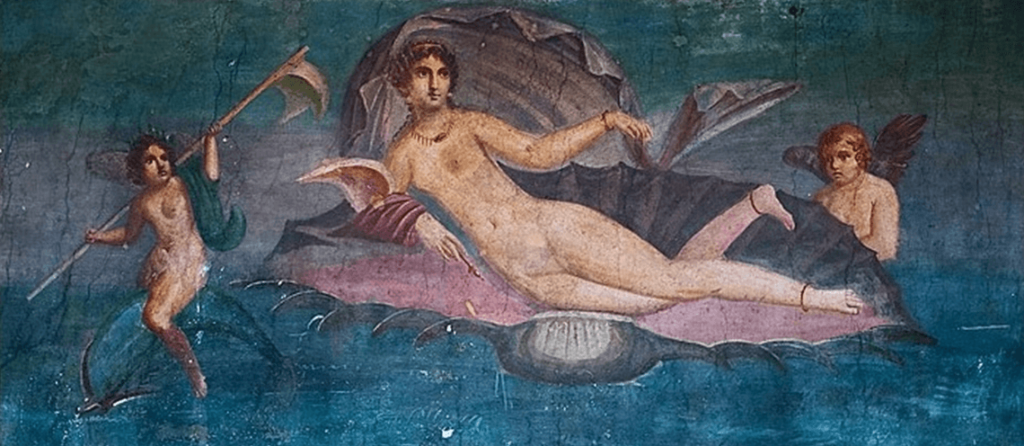
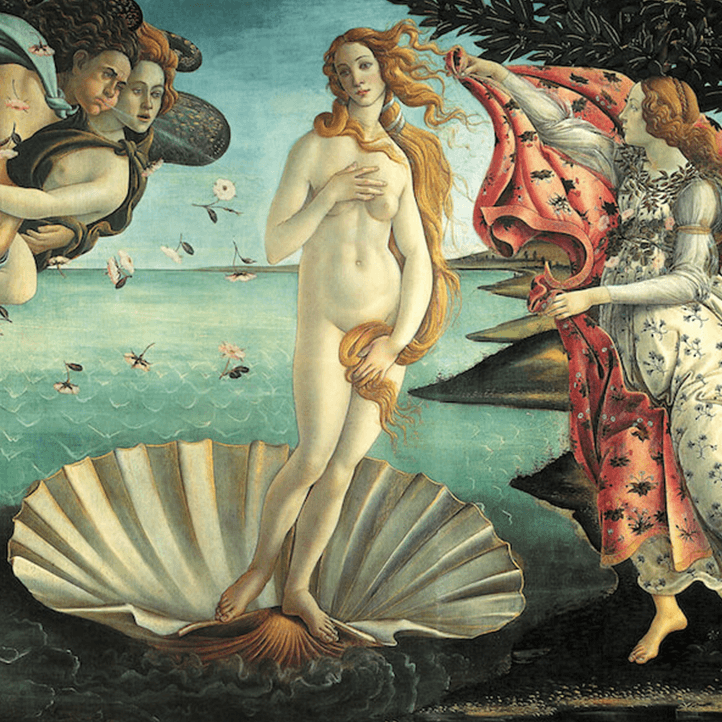
Architecture
The temple of Venus consists of a circular shrine and a platform with a square-shaped entrance. The temple is located on top of a platform that is 23 meters in depth (including the stairs), 16 meters in width, and 3.7 meters in height. It is composed of five semi-circles and there is a column on each of its sides. There are six columns in total around the shrine but only four of them remained. These columns are 65 centimeters far from the actual temple’s wall and each column is 8 meters in height and has a diameter of 3 meters. Each column has a Corinthian style top as depicted in figure 4.
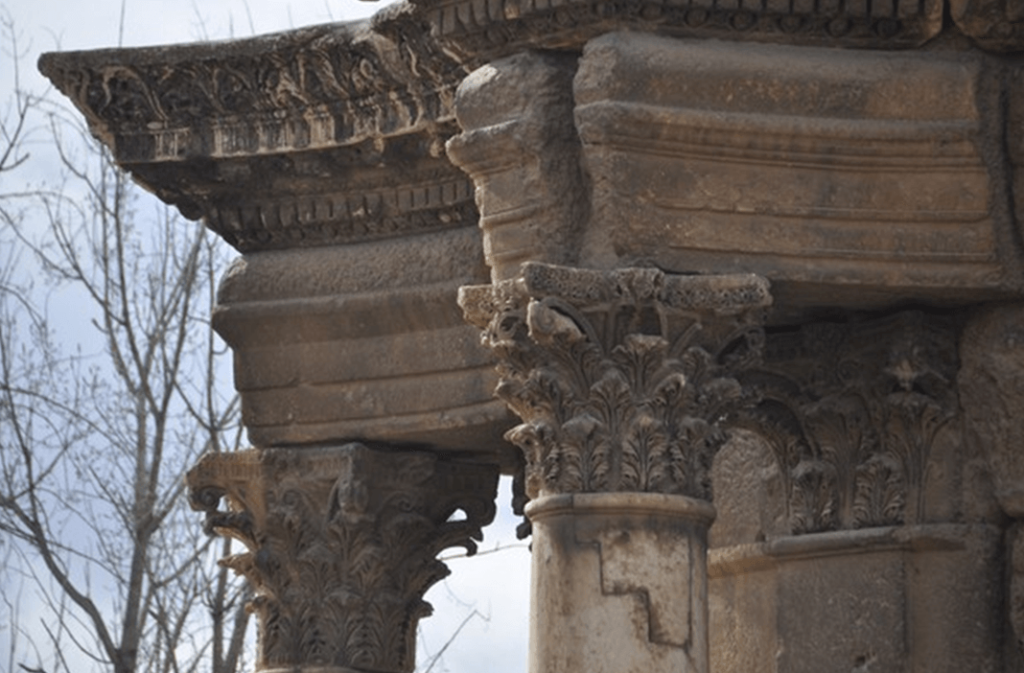
Moreover, the temple is beautifully decorated with sculptures and five niches. Each of these niches is between two other columns. In front of the temple, there are stairs with three steps that lead to the entrance. Above one of the niches, there is a picture depicting a bird. On top of another, there is a shell and Venus symbol on top of it. The doves and shells pictures are indicators that helped archeologists link the temple to the worship of Venus. In addition, it was entirely made of local stone and was built after the temple of Jupiter and Bacchus.
It is very interesting to note that the temple of Venus, dedicated to a female goddess, was smaller than those of Jupiter and Bacchus which were dedicated to male gods. This may be an indicator of the dominion of man over women over the centuries. We can see some pictures of Christian Crosses on the wall.
A really interesting picture found there depicts a Greek red Cross with Constantine’s symbol “TUTUNIKA” which means “with this symbol you’ll find victory”. These symbols are the proofs of the presence of Constantine and Christians in Baalbek. We can take a closer look at Figures 5 and 6 to see the temple architectural plan and how the temple should have looked like at the time it was finished. Whereas figure 7 shows the temple at its current state.
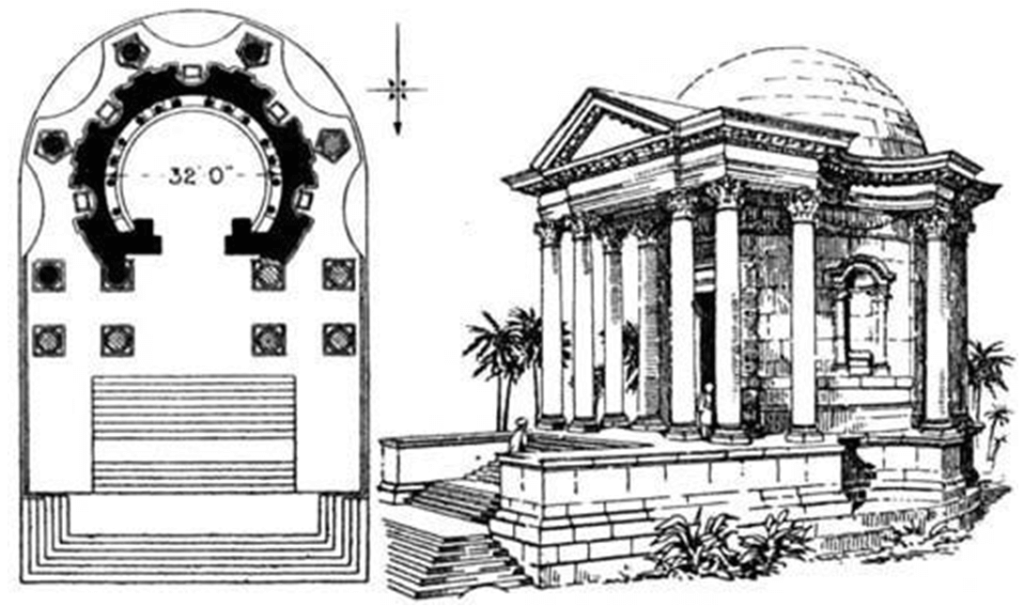
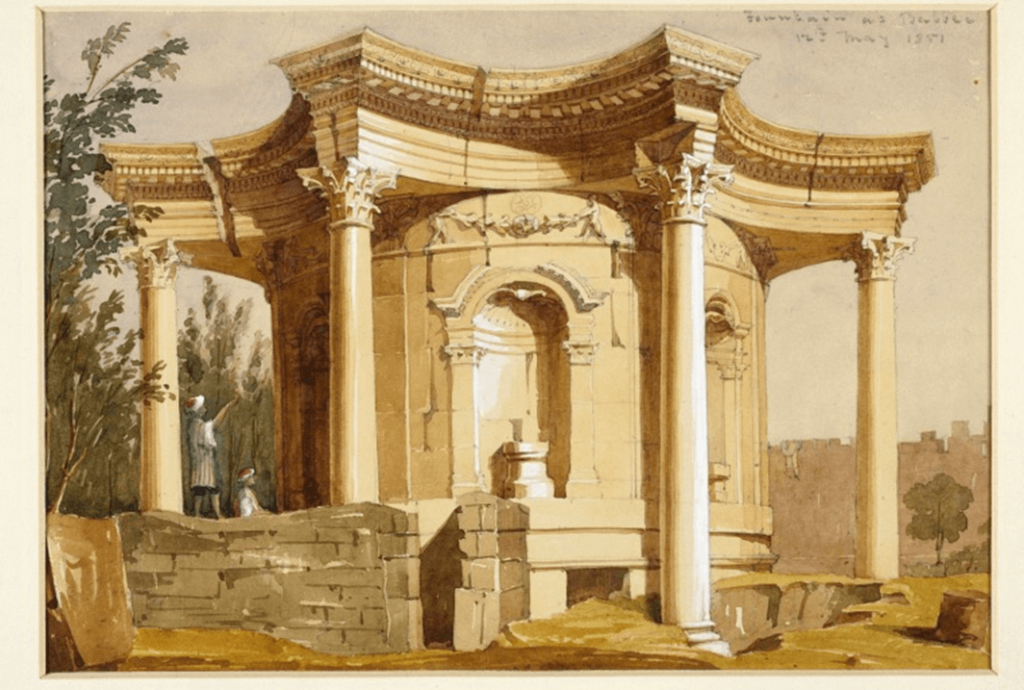
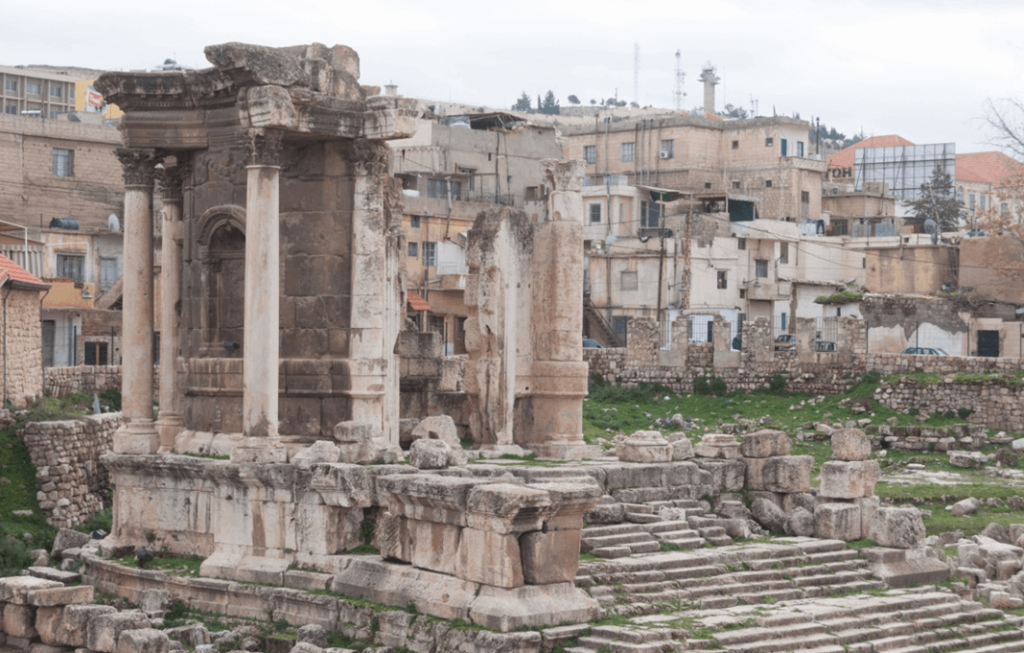
Christian & Muslim Period
During the Christian period, people used the temple as a church dedicated to Saint Barbara depicted in Figure 8. Disocorus killed his daughter, Saint Barbara after he learned that she baptized. A Greek Orthodox church dedicated to Saint Barbara still stands up next to the temple. A few years later, people built a mosque indicating the possibility of Mulsim presence.
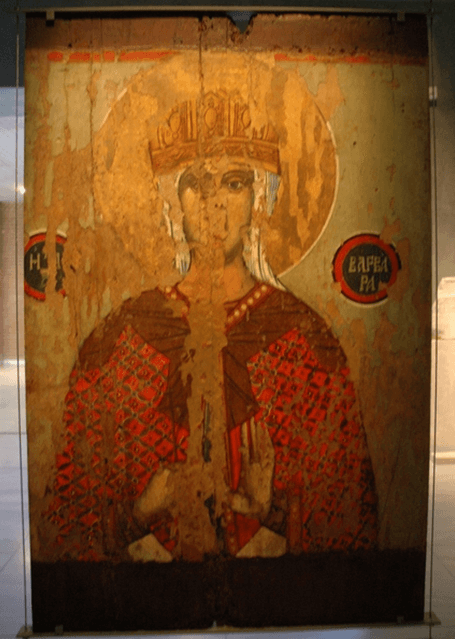
Conclusion
We conclude that the complex of Baalbek is one of the most important treasures left by ancient civilizations. In fact, the main complex site survived for more than 11000 years old and it holds great history. Moreover, it underwent the dominion of a series of civilizations starting by the Phoenicians and the Romans all the way to Christians and Muslims.
Each of those civilizations brought their own religion to the site and shaped it to their own beliefs (Christian transformed temples to churches). Furthermore, the temple of Venus, dedicated to the goddess of love and beauty and, was smaller than the other templates of the complex, probably because of a male dominant society at the time of building. Finally, Baalbek is not very popular; however, it is the most important footprint in human history and must be well preserved for future generations.
Did you like this post? Read more here!


